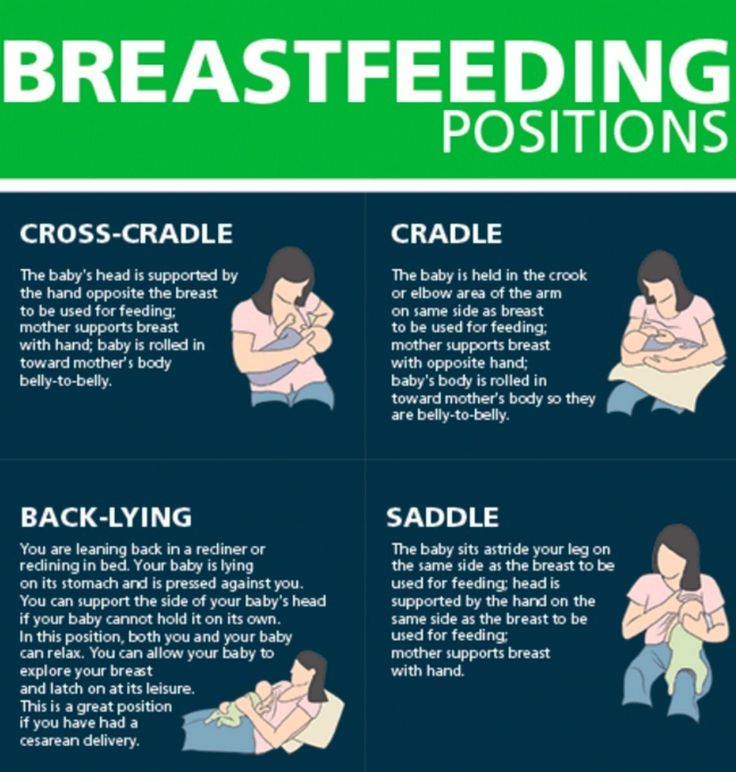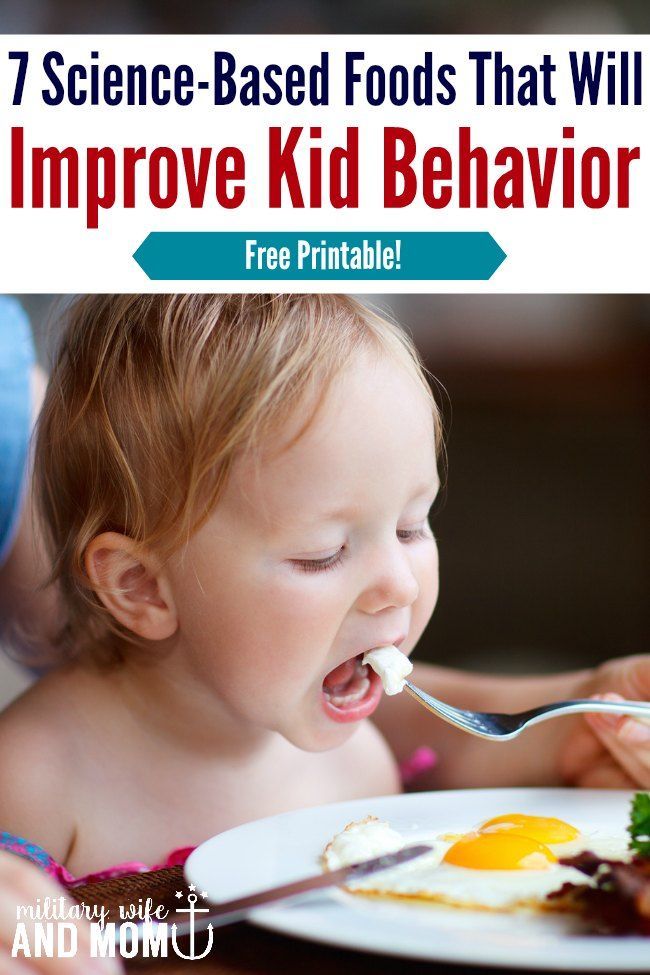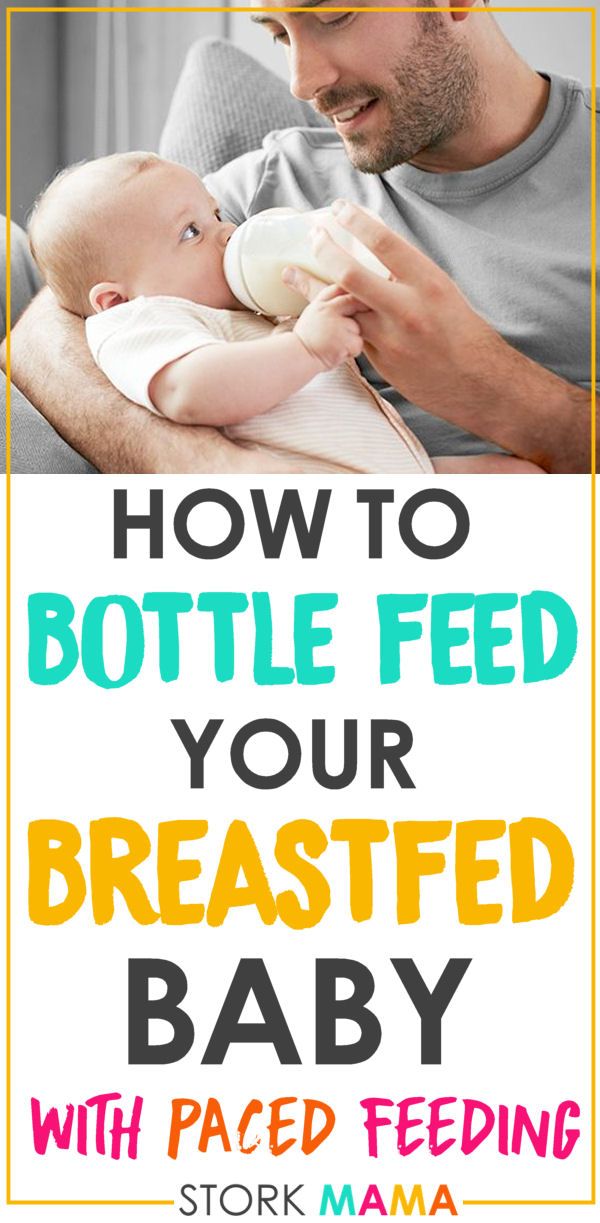Baby smiling after feeding
Is newborn smiling really just a reflex? Research is challenging the textbooks
Very few people can resist smiling at a newborn baby – signalling positive emotions, such as joy and interest. Of course, this is especially true for new parents. One study found that new mothers looked at their 16-hour-old babies 80% of the time and smiled at them 34% of the time.
Sometimes newborn babies even smile back, creating a magical moment for the parents that is often ruined by someone pointing out that the smile can’t be real. Even textbooks tend to regard neonatal smiling as a reflex rather than an actual expression of joy and happiness. But is this really the case?
Up to the second half of the 20th century, the behaviour of newborns was considered mostly reflexive. Scientists assumed that newborns had a limited ability to feel and express emotions, and did not have enough social experience to interact with their caregivers.
It was even believed that newborn babies couldn’t feel pain in the same way as adults – meaning they were sometimes subjected to painful surgical procedures without analgesia. It wasn’t until the 1980s that medical professionals realised that the stress of the pain actually led to life-threatening shock and complications.
Over the past 50 years, data has slowly accumulated suggesting that neonates are more than just reflexive beings. They are competent enough to actively regulate their own states. For example, they can fall asleep to shut out stressful distractions, or fuss and cry if they need stimulation and more interaction. They can also imitate smiles as early as the first 36 hours of life and can even learn from previous experience as early as the first day of life.
The science of smiles
However, when it comes to feelings such as happiness and joy, we have continued to question whether newborns can be socially competent beings. Up until the early 2000s, newborn babies were thought to smile only in response to muscle twitches, penile erections, bowel or bladder movements or for no particular reason at all. Most studies and textbooks – even in the 21st century – still suggest that the first “social smile” occurs only after the second month of life.
Most studies and textbooks – even in the 21st century – still suggest that the first “social smile” occurs only after the second month of life.
And there was evidence to support it. In 1872, Charles Darwin argued that emotional expressions were universal and inborn, and documented the first real smiles of his own child at 45 days of age. My own research has replicated these observations. When we asked 957 parents to observe and record smiling in their children for a study, they reported the first “social smiles” of their babies just after four weeks on average.
When researchers started observing infants, most of their initial results were not that different from the parental reports. A study from 1959, which defined “social smiles” as seeking eye-contact before smiling, found that none of the 400 babies in the study smiled during the first week. Only 11% showed a social smile by two weeks of age. About 60% had socially smiled by three weeks, and almost all of them had socially smiled within the first month.
Some researchers still fail to register smiles early on, and many smiles occur during sleep – unrelated to the social world. Indeed, even foetuses, observed within the womb with a 4D ultrasonographic method, smile from at least the 23rd week of gestation. But other studies show that newborns do smile on rare occasions – at most once in every four minutes for some one-day-olds. And the question now is what those smiles mean.
Interpreting the data
There have long been signs that newborn smiles could signal positive emotions to some extent. Smiles have been noted in the first few days of life as a response to stroking of the cheek or the belly. Newborns also smile in response to sweet tastes and smells. These findings were published decades ago when smiles were considered purely as innate reflexes. The reason that scientists at the time didn’t interpret them as emotional was partly because the smiles looked different to social smiles.
Baby smiling at researcher in the lab. Emese Nagy, Author provided
Emese Nagy, Author provided “Real” smiles – called Duchenne smiles – involve not only the major muscle that pulls the mouth to the side and upward, but also the muscles around the eyes. Neonatal smiles were thought to involve only the mouth region. However, when scientists micro-analysed facial movements, frame by frame, using a dedicated coding system, smiles from as early as one day of age were more often than not accompanied by cheek and eye movements.
More and more studies have since suggested that newborn babies do smile when they are awake, and that these smiles closely resemble real social smiles. And when newborns are in an interactive, awake state, they smile twice as much as compared to when they are asleep – more evidence that social factors could be involved. What’s more, babies often start with moving their cheeks and their brows before they smile, as if focusing their attention on the caregiver’s face. So it is completely possible that these newborn babies actually mean to smile.
Babies learn about the power of smiling early. While caregivers often smile at their newborns, this behaviour will be dependent on the baby’s state – they are less likely to smile if the baby is crying. As a result, babies quickly gain a remarkable ability to regulate the behaviour of their parents. If a baby keeps eye contact, blinks and smiles, their parent will likely smile back – making the smile rewarding.
Unsurprisingly, studies on mothers have shown that they are deeply affected by the smiles of their babies – even on a neurophysiological level. One study measured brain activity in mothers using fMRI scanning. When mothers saw their own infant smiling, activities in areas of the brain involved in processing emotions – including the amygdala and the limbic system – were enhanced. Dopaminergic brain areas, known as the reward system in the brain, were also highly active.
Unfortunately, behavioural studies with neonates are still scarce and require elaborate analyses to interpret the meanings of certain behaviour. While further studies are needed, it is plausible to assume that these early smiles have a social meaning. To many of us in the field, it is at the very least clear that these smiles are definitely more than just a reflex.
While further studies are needed, it is plausible to assume that these early smiles have a social meaning. To many of us in the field, it is at the very least clear that these smiles are definitely more than just a reflex.
Newborn Smiles Aren't Just a Reflex—Scientists Are Finding Babies Can Respond to Social Interactions From Birth
Very few people can resist smiling at a newborn baby—signalling positive emotions, such as joy and interest. Of course, this is especially true for new parents. One study found that new mothers looked at their 16-hour-old babies 80 percent of the time and smiled at them 34 percent of the time.
Sometimes newborn babies even smile back, creating a magical moment for the parents that is often ruined by someone pointing out that the smile can't be real. Even textbooks tend to regard neonatal smiling as a reflex rather than an actual expression of joy and happiness. But is this really the case?
Up to the second half of the 20th century, the behaviour of newborns was considered mostly reflexive.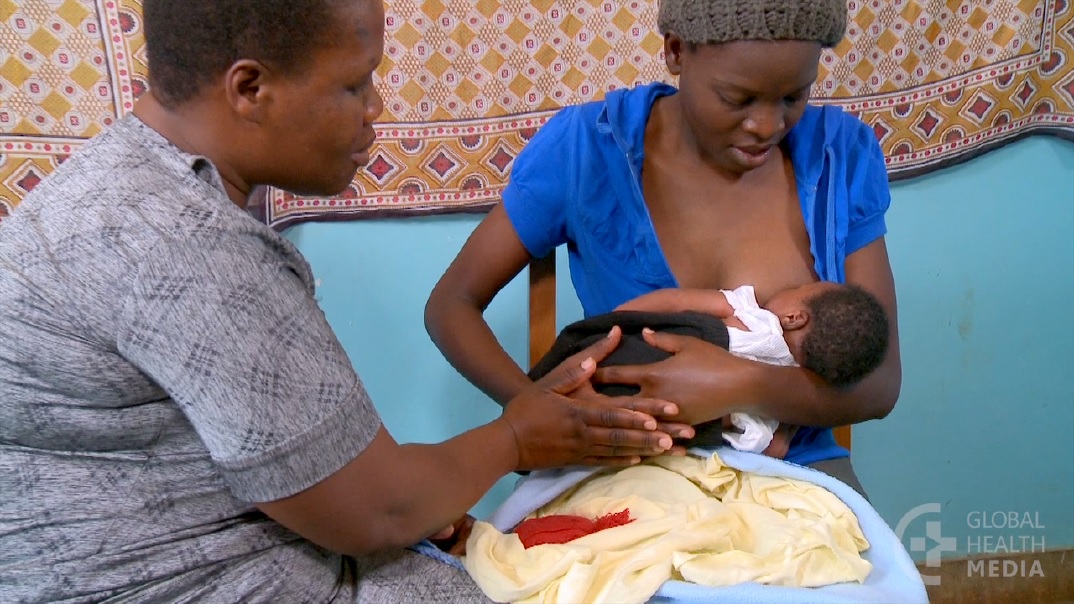 Scientists assumed that newborns had a limited ability to feel and express emotions, and did not have enough social experience to interact with their caregivers.
Scientists assumed that newborns had a limited ability to feel and express emotions, and did not have enough social experience to interact with their caregivers.
It was even believed that newborn babies couldn't feel pain in the same way as adults—meaning they were sometimes subjected to painful surgical procedures without analgesia. It wasn't until the 1980s that medical professionals realised that the stress of the pain actually led to life-threatening shock and complications.
Over the past 50 years, data has slowly accumulated suggesting that neonates are more than just reflexive beings. They are competent enough to actively regulate their own states. For example, they can fall asleep to shut out stressful distractions, or fuss and cry if they need stimulation and more interaction. They can also imitate smiles as early as the first 36 hours of life and can even learn from previous experience as early as the first day of life.
The science of smiles
However, when it comes to feelings such as happiness and joy, we have continued to question whether newborns can be socially competent beings.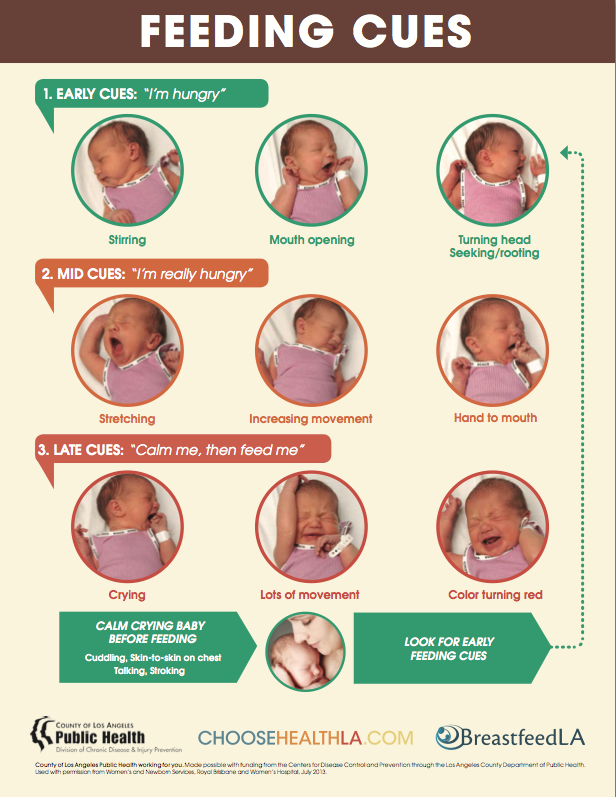 Up until the early 2000s, newborn babies were thought to smile only in response to muscle twitches, penile erections, bowel or bladder movements or for no particular reason at all. Most studies and textbooks—even in the 21st century—still suggest that the first "social smile" occurs only after the second month of life.
Up until the early 2000s, newborn babies were thought to smile only in response to muscle twitches, penile erections, bowel or bladder movements or for no particular reason at all. Most studies and textbooks—even in the 21st century—still suggest that the first "social smile" occurs only after the second month of life.
And there was evidence to support it. In 1872, Charles Darwin argued that emotional expressions were universal and inborn, and documented the first real smiles of his own child at 45 days of age. My own research has replicated these observations. When we asked 957 parents to observe and record smiling in their children for a study, they reported the first "social smiles" of their babies just after four weeks on average.
When researchers started observing infants, most of their initial results were not that different from the parental reports. A study from 1959, which defined "social smiles" as seeking eye-contact before smiling, found that none of the 400 babies in the study smiled during the first week. Only 11 percent showed a social smile by two weeks of age. About 60 percent had socially smiled by three weeks, and almost all of them had socially smiled within the first month.
Only 11 percent showed a social smile by two weeks of age. About 60 percent had socially smiled by three weeks, and almost all of them had socially smiled within the first month.
Some researchers still fail to register smiles early on, and many smiles occur during sleep—unrelated to the social world. Indeed, even foetuses, observed within the womb with a 4D ultrasonographic method, smile from at least the 23rd week of gestation. But other studies show that newborns do smile on rare occasions—at most once in every four minutes for some one-day-olds. And the question now is what those smiles mean.
Interpreting the data
There have long been signs that newborn smiles could signal positive emotions to some extent. Smiles have been noted in the first few days of life as a response to stroking of the cheek or the belly. Newborns also smile in response to sweet tastes and smells. These findings were published decades ago when smiles were considered purely as innate reflexes. The reason that scientists at the time didn't interpret them as emotional was partly because the smiles looked different to social smiles.
The reason that scientists at the time didn't interpret them as emotional was partly because the smiles looked different to social smiles.
"Real" smiles—called Duchenne smiles—involve not only the major muscle that pulls the mouth to the side and upward, but also the muscles around the eyes. Neonatal smiles were thought to involve only the mouth region. However, when scientists micro-analysed facial movements, frame by frame, using a dedicated coding system, smiles from as early as one day of age were more often than not accompanied by cheek and eye movements.
More and more studies have since suggested that newborn babies do smile when they are awake, and that these smiles closely resemble real social smiles. And when newborns are in an interactive, awake state, they smile twice as much as compared to when they are asleep—more evidence that social factors could be involved. What's more, babies often start with moving their cheeks and their brows before they smile, as if focusing their attention on the caregiver's face. So it is completely possible that these newborn babies actually mean to smile.
So it is completely possible that these newborn babies actually mean to smile.
Babies learn about the power of smiling early. While caregivers often smile at their newborns, this behaviour will be dependent on the baby's state—they are less likely to smile if the baby is crying. As a result, babies quickly gain a remarkable ability to regulate the behaviour of their parents. If a baby keeps eye contact, blinks and smiles, their parent will likely smile back—making the smile rewarding.
Unsurprisingly, studies on mothers have shown that they are deeply affected by the smiles of their babies—even on a neurophysiological level. One study measured brain activity in mothers using fMRI scanning. When mothers saw their own infant smiling, activities in areas of the brain involved in processing emotions—including the amygdala and the limbic system—were enhanced. Dopaminergic brain areas, known as the reward system in the brain, were also highly active.
Unfortunately, behavioural studies with neonates are still scarce and require elaborate analyses to interpret the meanings of certain behaviour.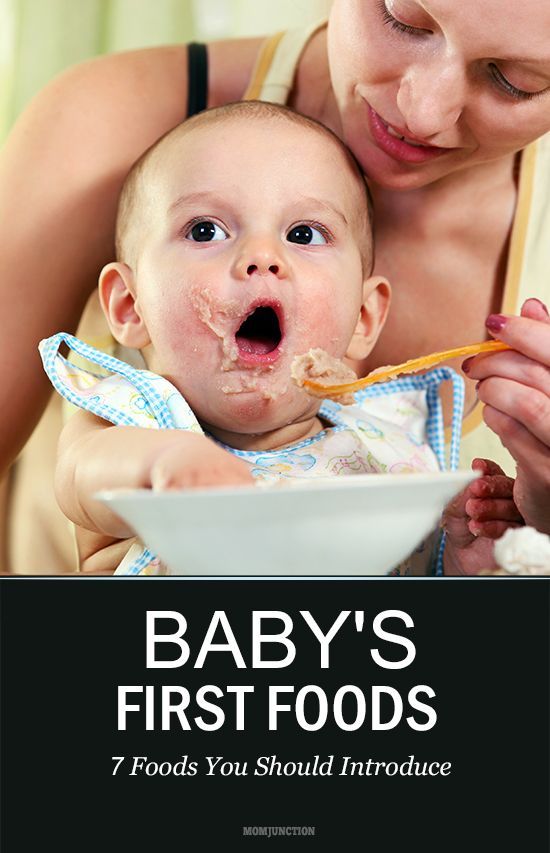 While further studies are needed, it is plausible to assume that these early smiles have a social meaning. To many of us in the field, it is at the very least clear that these smiles are definitely more than just a reflex.
While further studies are needed, it is plausible to assume that these early smiles have a social meaning. To many of us in the field, it is at the very least clear that these smiles are definitely more than just a reflex.
Emese Nagy is Reader of Psychology at the University of Dundee, U.K.
This article is republished from The Conversation under a Creative Commons license. Read the original article.
When a baby begins to smile: the first smile of a child
The baby begins to communicate with parents from the first days of life. Since newborns do not know how to speak and express their needs, desires and emotions in words, crying comes to their aid - a universal means of communication. As a child grows, he learns new things: one of the first ways to express positive emotions is to smile. When can parents first see their baby smile? What are the deadlines for this skill and what to do if the baby has not yet smiled? nine0003
The first smile of a newborn
After birth, during the first weeks of life, the baby spends most of its time sleeping. As he gradually adapts to new conditions, gradually becomes interested in the world around him and people, he shows his first emotions - he frowns, fixes his gaze, concentrates and smiles.
The first timid smiles will be unconscious - these are reflex reactions of the child, especially if you pass your finger along the cheek or gently stroke the baby on the head. As the child's nervous system develops and the brain begins to analyze the environment, smiles will appear more consciously - in response to addressed speech, pleasant sounds, your smiles or funny faces that you make. nine0003
The moment when your son or daughter looks at you for the first time and smiles back will remain in the parent's heart for life. It's so sweet and touching that it can bring tears to your eyes. But it is important to know the approximate dates when to expect these first smiles of the child, so that mom or dad does not worry if everything is in order with the development of the crumbs. After all, the appearance of emotional reactions is a certain stage of development, indicating that the nervous system is formed correctly.
From the first month
Already in the first month of life, parents notice how the lips of a newborn stretch into a blissful smile when he sleeps. This is a reflex reaction that is caused by the response of the nervous system to positive stimuli. For example, if a child feels well, ate tightly and sleeps on the arms of his beloved mother, he will smile. He is warm, comfortable and safe. On the contrary, if the baby is uncomfortable, he wet the diaper, wanted to eat or froze, he was frightened by sharp sounds - he would frown or even cry. nine0003
The first smiles are very pleasant, but unconscious. They are not associated with certain actions or emotions - speech addressed to the child, bright toys, music, actions of mom or dad. This is a reflex relaxation or muscle tension associated with external stimuli (light, sound, tactile impact, temperature).
When does a child begin to smile consciously?
A child in the second month of life conducts experiments, mastering new emotions and facial expressions - grins, funny facial expressions are possible. Gradually, reflex smiles that occur in a dream or during a period when stimuli are influenced are replaced by already conscious actions. It is a smile as a reaction to the treatment or smiles of loved ones that appears by two months. nine0003
In response to the smile of mom or dad, their affectionate words or their own name, the lips of the baby will deliberately spread into a smile. With the help of it, the child expresses joy, pleasure, communicates. This is a reward for parents for their care and love.
Development of communication skills
At about 3-4 months, the child is already actively interacting with the people around him, whom he sees. He perceives, "reads" and tries to repeat the facial expressions of adults, their facial expressions. Naturally, in his favorites he will have relatives whom he sees daily. Your baby quickly learns that when he moves his lips or smiles in response to speech addressed to him, it stimulates your attention. In the course of communication with parents or other adults, with children, the development of the child's brain occurs. Funny actions, attempts to communicate distract from the seething in the tummy, hunger, fatigue, boredom. nine0003
The more a child communicates with the help of facial expressions, the more actively his socialization and mental development takes place. This is an important stage, but the development of each child occurs according to its own scenario in accordance with temperament and physiology.
What if the child does not smile?
Along with the ability to smile, the child develops other skills. If he is not yet three months old, but the baby holds his head, can focus on objects and focus on a certain task, such as playing with a rattle, just wait. But if the baby is not smiling by the age of three months, it is worth discussing this with the doctor. If there are no health problems, we offer a number of useful tips that can be used to stimulate the development of the skill. nine0003
- Smile at your child as often as possible to stimulate responses. Talk to him, tell stories, sing songs with a smile.
This is very beneficial for development: when you react to his smiles and respond, new connections are formed in the child's brain. Plus, the child understands that his emotions are important and he can trust you.
- Play along with the child - if he starts a "conversation" by smiling at you, be sure to answer. If he is waiting for your reaction and smile, start a conversation yourself - he will imitate you. Always play along, respond positively to the revival of the baby. nine0036
- Be sure to look the baby in the eyes, smile and do not be distracted, do not turn your head away. This will mean that you are interested in the "messages" of the child and take into account his opinion. Such communication will positively affect his development.
The first smile of a newborn: when to wait and why it is so important — Parents.ru0005
There is a reason for everything. The smile doesn't come out of the blue either. It is preceded by a rather long period of development of the baby in the mother's belly and some time after his birth.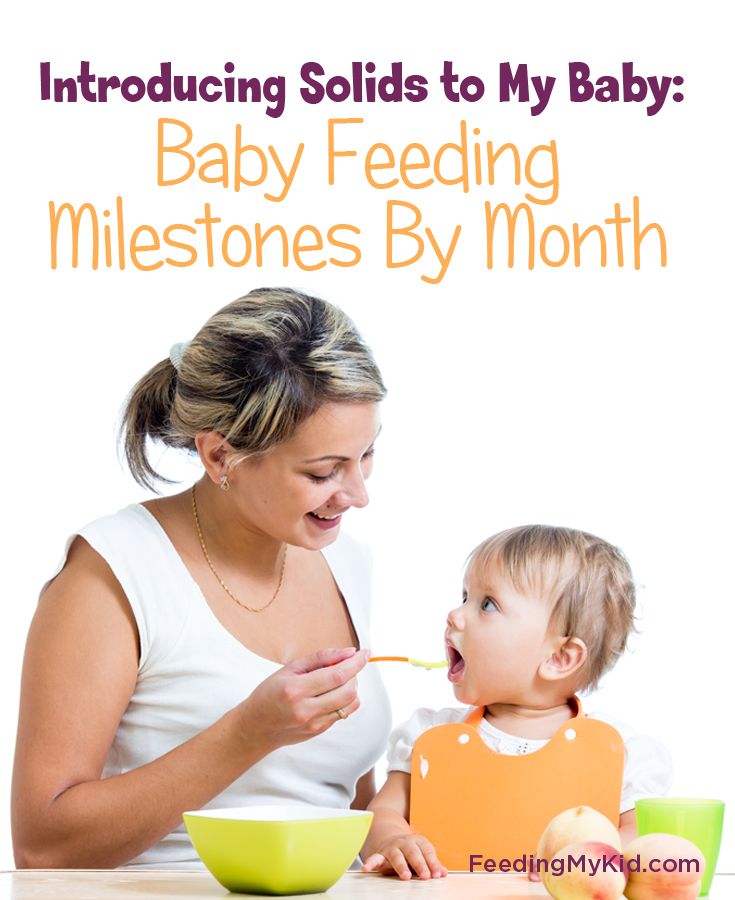
Endocrine processes in the human body are closely related to mental ones: each emotion has its own hormone - joy, surprise, fear. Through the placenta, mother's hormones penetrate to the baby, and he experiences the same emotions as a pregnant woman. The future baby has a kind of memory that stores information about everything that happens. nine0059 A child remembers good and bad, so if you want him to live with pleasure, make him laugh, pamper yourself. The baby feels the mother's mood.
Three weeks after the birth of , children begin to look especially attentively at their mother and fix their eyes on her. At this time, try to smile at the baby as often as possible, say kind words to him, talk to him joyfully, sing songs. And by the end of the first month - the beginning of the second you will definitely see his smile. nine0003
By the way, a smile is not such a simple action for a little man starting to live, because in order for it to appear on his face, as many as 17 facial muscles are involved!
Most often, children are amused by grimaces addressed to them, games of hide and seek and "bumps".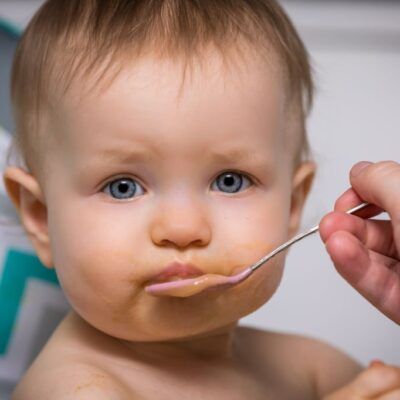 Smiles also appear at the sight of a smiling human face. By the way, it can be drawn. You can draw funny laughing faces on a sheet of paper and attach them above the crib.
Smiles also appear at the sight of a smiling human face. By the way, it can be drawn. You can draw funny laughing faces on a sheet of paper and attach them above the crib.
From smile to laughter
When eye contact is established between mother and baby, the child develops the first social, i.e. aimed at the desire to communicate and like, a smile. A little later, it will be accompanied by iridescent throat sounds - attempts to laugh. When you realize that the child began to notice you (when approaching, he freezes for a moment and smiles), try to color your communication with him with positive emotions: laugh, smile, talk affectionately, express your love by touching, stroking, fingering, massage. The result of such communication will be a smile that invites communication, and laughter. nine0003
- Photo
- Carol Yepes/Getty Images/Moment RF
When the baby turns three months old , you will notice how his behavior has changed: the smile does not leave his face, the child coos happily, laughs, jerks his arms and legs. The emerging revival indicates the normal mental development of the baby.
The emerging revival indicates the normal mental development of the baby.
Usually by the end of the first six months of the child begins to make attempts to understand the emotions of adults, especially the mother. Looking at his mother, touching her, listening to her voice, he learns the methods of research, which he will then need to communicate with the world. At this age, the child needs to read funny poems, listen to pleasant music, tickle him with fluffy pom-poms, show soap bubbles. To develop the ability to laugh in your child, try to encourage all the funny things that somehow appear in your life. nine0003
What if he doesn't smile?
Smiling is certainly an important stage in development, but you should not worry about its absence if:
-
the baby is less than 3 months old;
-
he holds the head;
-
focuses on objects and faces;
-
can focus on one thing.
However, if the baby is not smiling by 3 months, it is worth taking him to the pediatrician.


